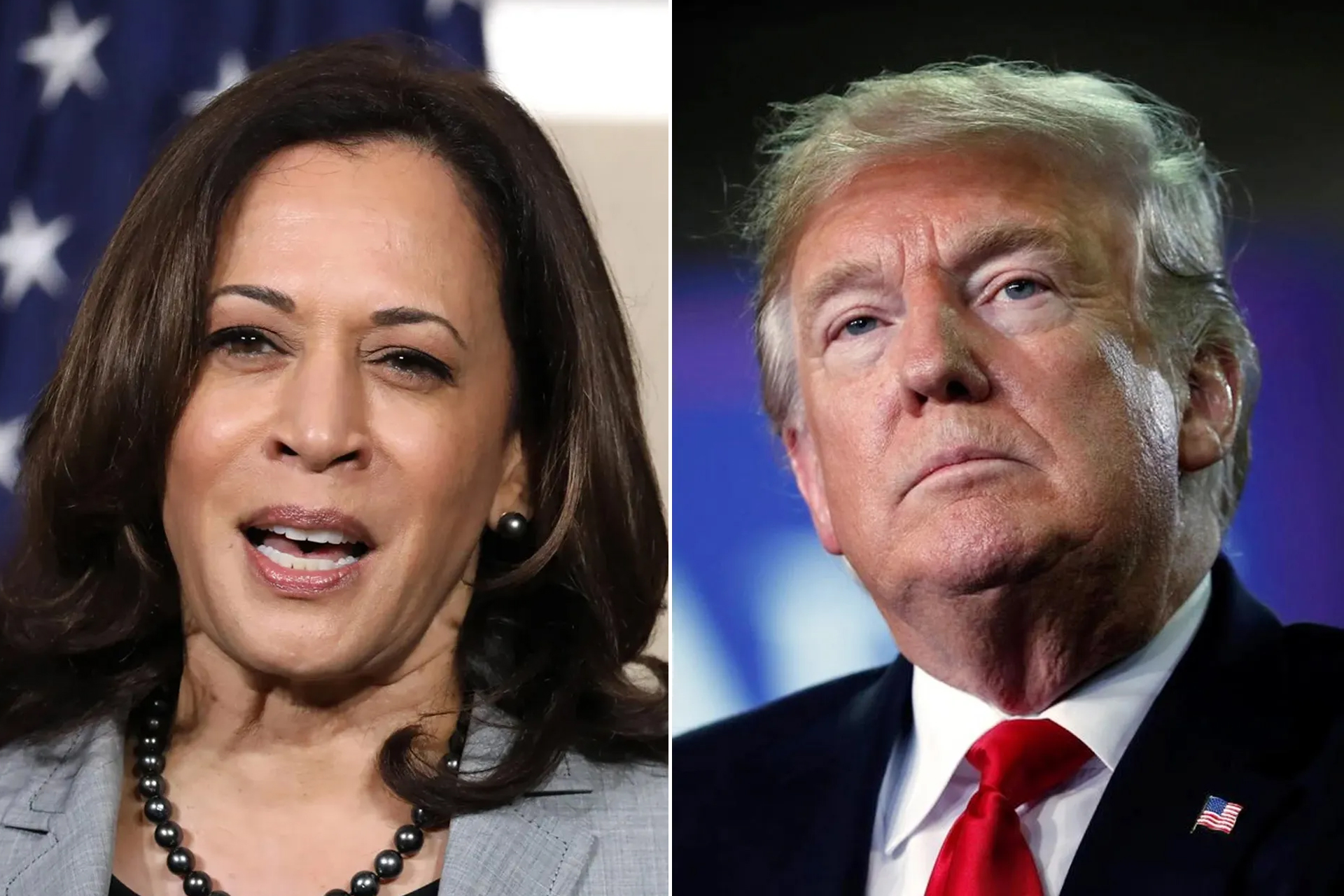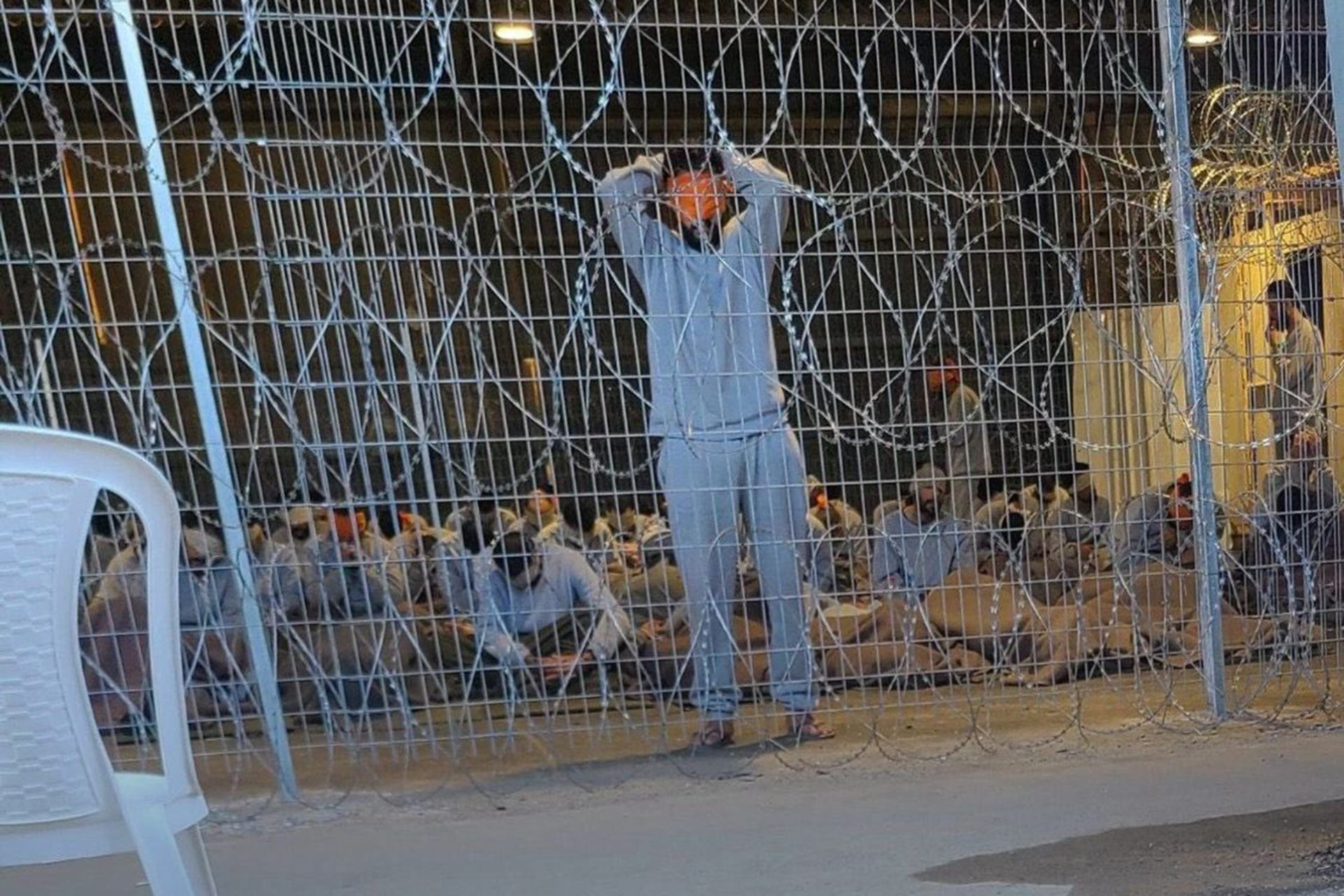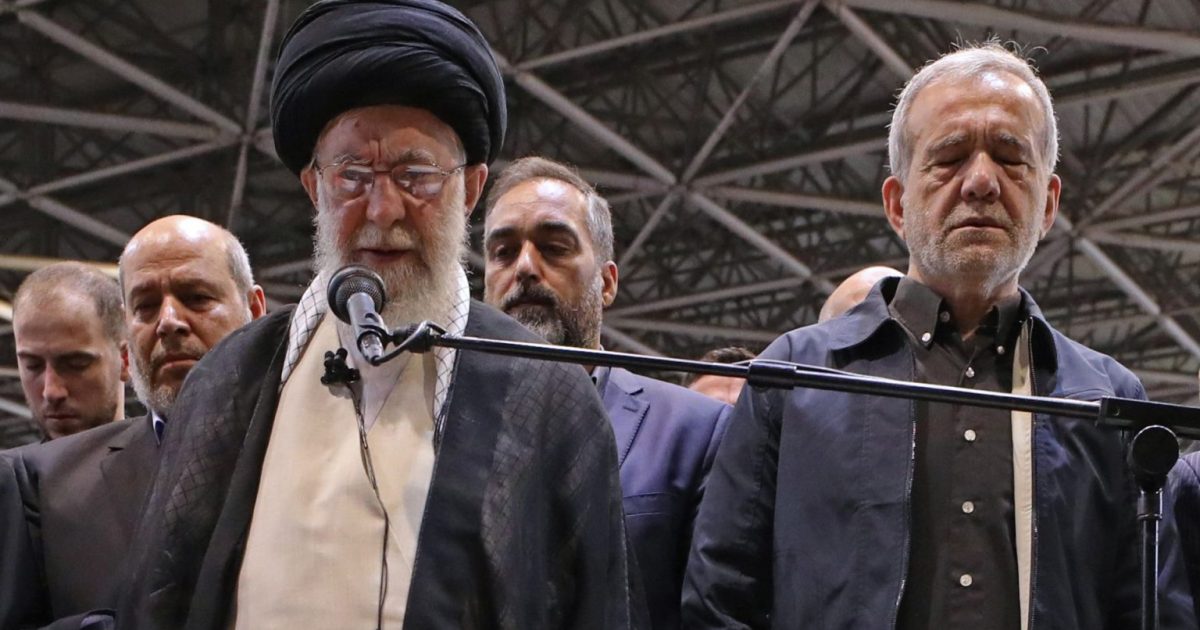Rising Tensions in the Middle East: Escalation and Uncertainty
Waiting for the Next Move: Gaza Ceasefire, Iran’s Response, and Hezbollah’s Readiness
The Middle East is bracing for a series of critical events, with anticipation hanging heavily in the air. The fate of negotiations for a Gaza ceasefire remains uncertain, following a tripartite statement issued by the United States, Qatar, and Egypt. However, the most intense focus is on Iran’s potential response to the assassination of Hamas political bureau chief Ismail Haniyeh and Hezbollah’s likely retaliation for the killing of Fouad Shukr.
The primary concern revolves around Israel’s reaction to these strikes (should they occur) and their ramifications for the entire region. This tension escalates amidst the arrival of American and British warships and destroyers to the waters nearby. Some ships serve as deterrents to defend Israel, while others signal readiness for offensive action, primarily to discourage Iran and Hezbollah.
Recent days have witnessed indicators of potential limited responses, particularly with Hezbollah evacuating all its known headquarters in Beirut’s southern suburb, including political offices, and removing all equipment and information. This suggests the anticipation of a possible strike and a preparation for the worst-case scenario by the party’s leadership.
International Maneuvers and Domestic Preoccupations
On the international front, European and American activities, particularly in Lebanon, hint at the possibility of grave scenarios unfolding. These include American preparations to evacuate their citizens in the event of war, a move likely influenced by the political sensitivities surrounding the upcoming American elections. Should Americans become involved in a conflict in Lebanon, it could boost Donald Trump’s electoral chances, which could potentially harm Kamala Harris’s campaign.
Prime Minister Benjamin Netanyahu’s ongoing communication with Trump appears to involve calculations related to potential regional provocations. The world’s attention, particularly in Arab capitals, is fixed upon the American presidential election, which could significantly shape regional dynamics.
With early mail-in voting for the American election just weeks away, the countdown is on in a period fraught with risks and objectives that extend beyond the region itself. Trump has faced difficulties adapting to the altered scenario after Joe Biden’s substitution with Kamala Harris, damaging his electoral prospects.
Analysts anticipate the accumulating developments in the Middle East could culminate in a redefined regional equation, establishing a distinct political landscape. There seems to be a consensus that this equation will take shape once a new president assumes office in the White House, irrespective of their identity. Regional players widely believe the Middle East is poised for remarkable shifts, which amplifies the likelihood of risks escalating to unprecedented levels prior to major settlements.
Diplomatic Efforts and Strategic Concerns
The prevailing anxiety among Democrats has prompted them to dispatch officials to the region, including Secretary of State Antony Blinken, National Security Advisor Jake Sullivan, and Special Envoy Amos Hochstein. Their primary motivation stems from the Biden administration’s apprehension that Netanyahu might initiate a preemptive strike against Iran or Hezbollah, or even assassinate other senior figures, if he believes retaliation is forthcoming. Such actions could escalate the conflict to potentially catastrophic levels.
Diplomats in closed-door meetings have indicated that the White House acknowledges Iran’s lack of desire for war, as evidenced by its conduct over the past ten months, while Netanyahu is actively pushing for conflict. However, the Biden administration does not subscribe to this logic.
Meanwhile, the Israeli military finds itself caught between Netanyahu’s calculations on the one hand and Defense Minister Yoav Galant’s on the other, as Galant seeks to restore Israel’s deterrent capabilities and status within its own society, particularly since the October 7 operation exposed weaknesses in military intelligence and damaged Israel’s image as a deterrent.
Netanyahu, habituated to surpassing boundaries set by the Biden administration, exemplified by the massacre during dawn prayers, paid no heed to Harris’s demand for American bombs not to be used without Washington’s approval or, at the very least, to avoid targeting civilians.
Consequently, observers fear a potential deterioration of the security situation in Lebanon, even without an all-out war. Some believe that Hezbollah’s inevitable retaliation, even if limited to military targets, will be met with an Israeli response against Hezbollah sites, unless Netanyahu initiates a preemptive strike that could prove costly, especially if it involves assassinating key figures in the “resistance” axis.
The region may therefore be on the precipice of a war with no clear end in sight. Diplomatic sources in the United States have pointed out that the deployment of American officials to regional countries aims to establish an American vision centered on preserving regional stability, deterring any strike within Iran, while simultaneously curtailing Iran’s expansion of regional influence. Tehran, however, seeks to maintain its gains in Lebanon, Syria, and Iraq.
The increasing Russian involvement can be interpreted within this context, as Moscow strives to strengthen its considerable influence in Syria. This has led to discussions about a strain in the Iran-Russia relationship in Syria and demands for Bashar al-Assad to distance himself from any potential conflict.
Russia seeks a more prominent role in Syria and a diminished Iranian influence, which could be achieved through reconciliation between Damascus and Ankara, away from Iranian dominance. Notably, the intense confrontation between the United States and Russia in Ukraine seems to have subsided within the regional context through an implicit understanding between the two powers in Syria and Lebanon to impose stability, which could potentially harm Trump’s electoral chances.
In conclusion, regional actors are meticulously calculating their next steps within the equation of potential gains and losses associated with the American election results. They are determined to maximize their influence ahead of any potential shifts in regional power dynamics that may arise with the commencement of the new year.



